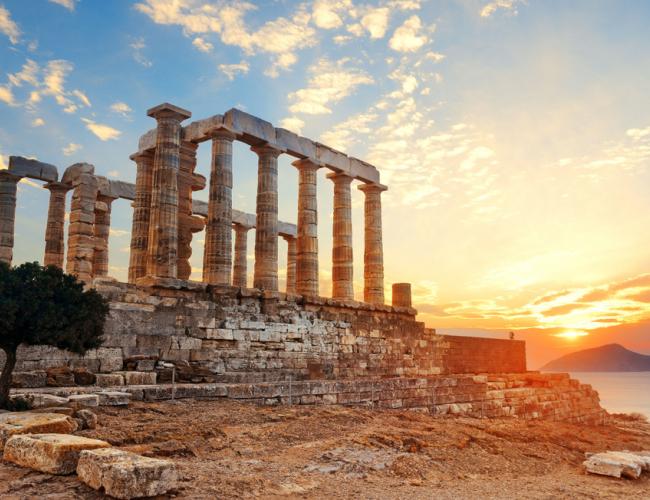
Ghostly tales and ancient folklore – stories of Ireland’s mythological past
Chilling tales await...
From atmospheric glens to misty cobblestone streets, Ireland is the perfect backdrop for haunting tales. As such, it is where a plethora of ghostly myths and magical folklore lay their beginnings, making this place a wonderful place to visit when the veil between this realm and the next thins.
Whilst the autumnal months of October and November will create a spooky ambience where these tales come alive, the spring months of March and April will see the opening of new buds, warm weather and vast views lit by the golden sun. To savour every moment of your enchanting escape that little bit more we recommend travelling during these shoulder season months. These times of year are when you’ll find less crowds, cheaper prices and tranquil weather. Plus, our small group tours during this time tend to cost 10% less than peak season months.
Take a peek into some of the tales which welcome you to Ireland’s long, mythical history...
Haunting of The Hellfire Club
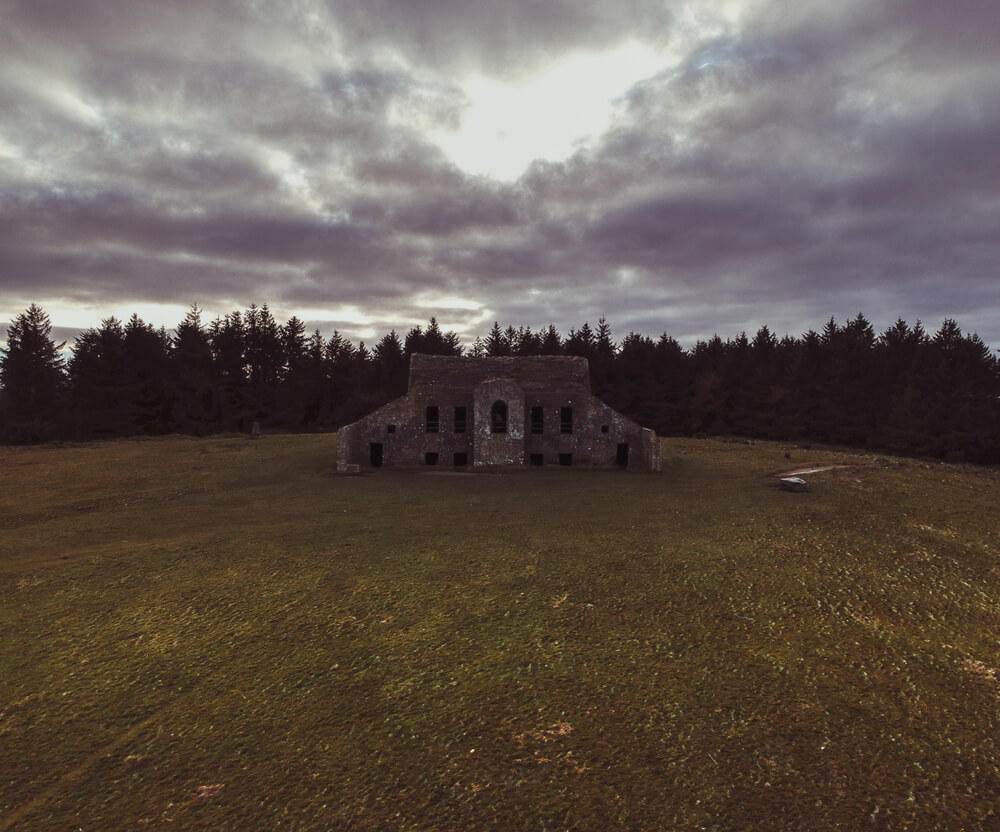
Overlooking Dublin City, there is a ruin atop Montpelier Hill cursed by an unfortunate location and satanic past. Set upon an ancient burial site, a Mr. William Conolly destroyed the cairn (a burial ground marker) in order to build his hunting lodge in 1725. Locals say when the roof blasted off during a storm, it was the aggrieved spirits taking their revenge.
A decade later, after Mr. Connolly’s death, the lodge became a satanic meeting place and earned its infamous name of The Hellfire Club. This secret club was the setting for satanists and Devil-worshippers who would sacrifice cats and... human servants.
A particular tale describes a scene whereby the Devil, disguised as a stranger, visited the ancient site during a card game. One of the players dropped a card, bent down to pick it up and spotted hooves under the table. Another tale describes a young farmer being invited to a secret meeting; the next morning, he was found trembling. Folklore states he never spoke again.
Today, there is a strange atmosphere when darkness transforms the skies whilst a disturbing scent surrounds the area.
The Legend of the Selkies
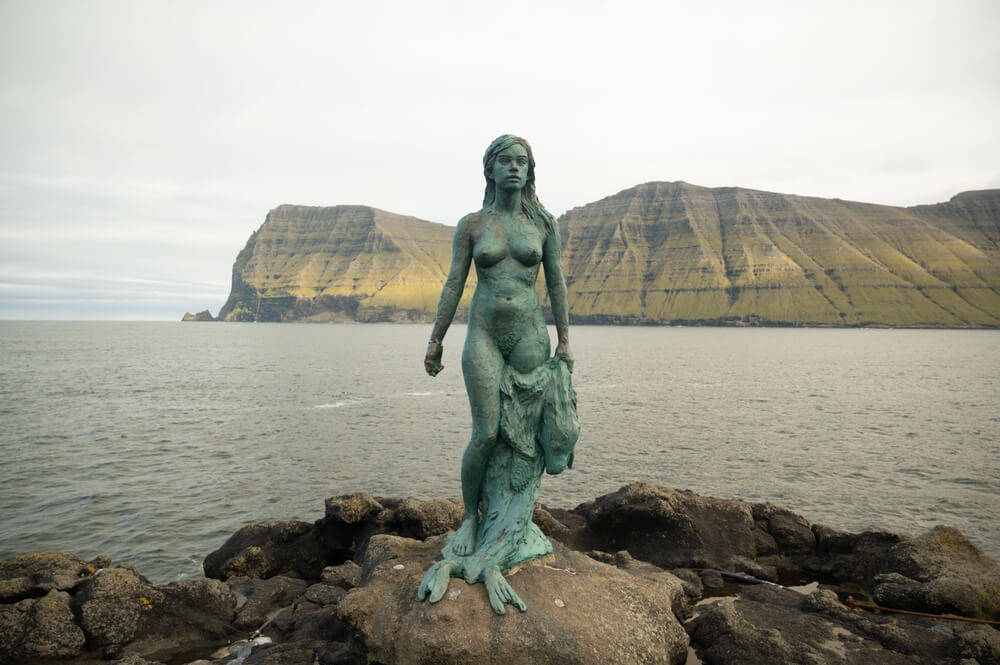
From forbidden love to mysterious deaths, the legend of the selkie spans centuries with a volume of tales that could fill dozens of storybooks. In simple terms, the selkie is Ireland’s version of a mermaid. But this species transforms from seal in water to human on land.
Tales of sightings have been passed down in small coastal towns and islands where populations are small. Some legends illustrate selkies as charming creatures who sing haunting melodies along the rugged coastline, luring people to their demise whilst others paint them as victims to their human counterparts.
Dotted along the North Coast, you’ll find villages filled with locals who have undoubtedly heard these stories. Perhaps they have even seen a selkie themselves, or maybe their ancestry includes a lone, cursed selkie who was captured by a human and forced to marry, resulting in them forever longing for their beloved sea...
The Story of Hag’s Head
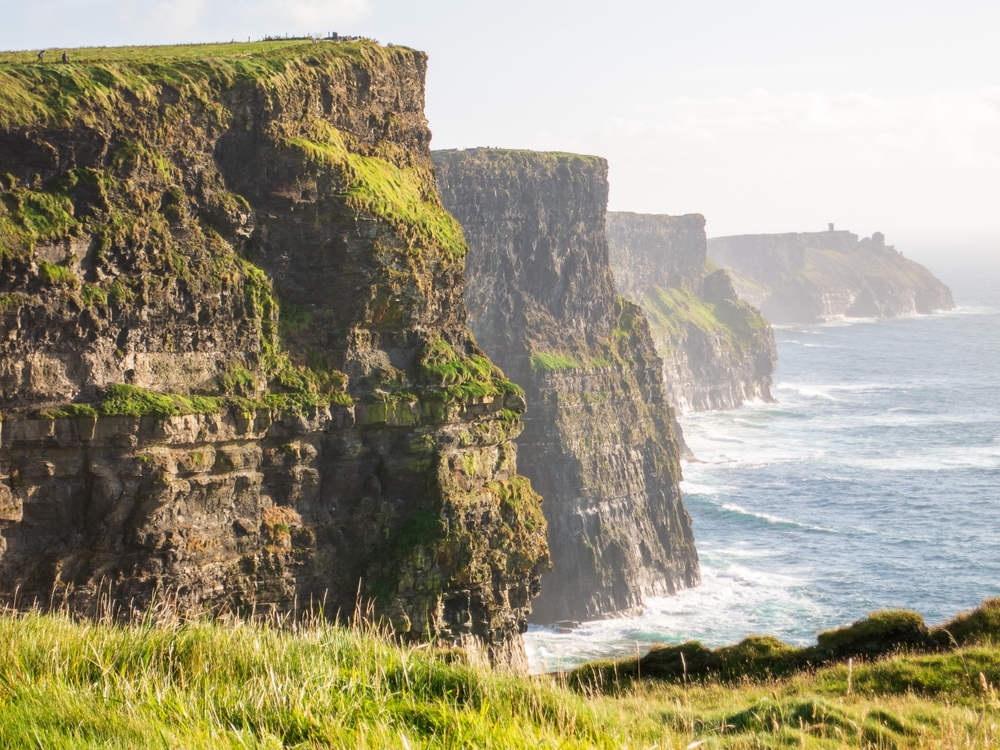
Once upon a time, there was a heroic warrior named Cú Chulainn who wandered all ancient Ireland. During his travels, he stumbled upon a witch – or hag – called Mal who fell in love at sight. Unfortunately for Mal, it was unrequited.
Then began the relentless chase with the entirety of Ireland as its field. It was only when they arrived at the edge of the Cliffs of Moher did disaster strike. Cú Chulainn jumped to the depths of the sea stacks thinking Mal wouldn’t follow. She did. As he leaped back to the cliffs, Mal attemped to follow again. This time, she fell to her death in the bay below – now known as Milltown Malbay.
Days later, her head washed ashore to the place that is called Hag’s Head today. The rocks formed above her skeletal remains, creating an everlasting formation. It is said, people can still hear her cries of torment even now.
Ireland's Headless Horseman of County Cork
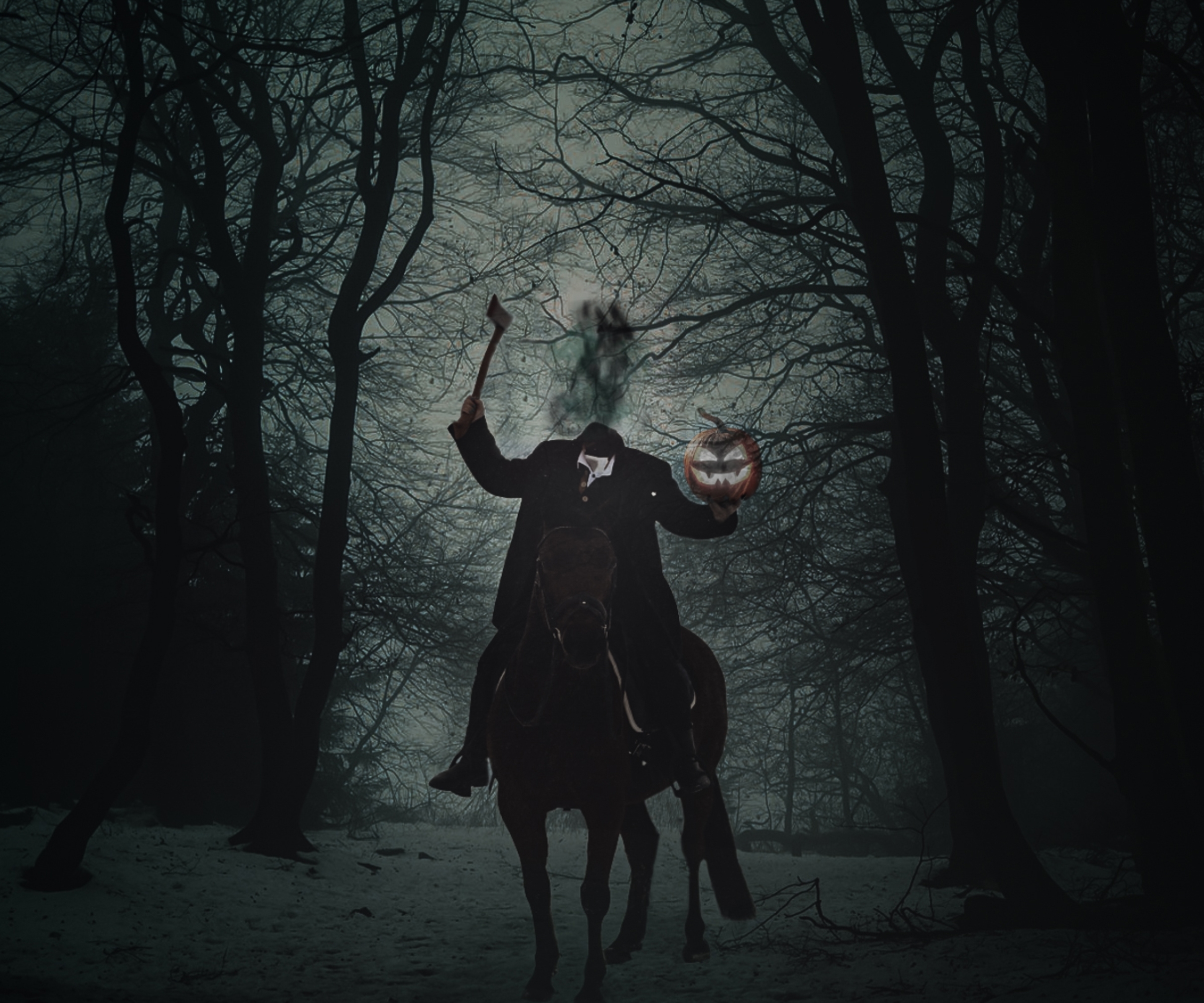
The Irish harbinger of death is said to be a member of the unseelie court – a group of fae in the fairy realm who cause mayhem and mischief, tormenting all realms including the human one. Folklore depicts the Headless Horseman – also known as the Dullahan, derived from dulachán meaning ‘dark man’ – as a chilling figure who has a whip made from a human spine, carries his head and smells of rotting cheese.
This frightening figure rides on the back of his horse until he senses the impending final breaths of human life and calls out their name, signalling their time on earth has come to an end.
Tradition as old as the Dullahan prevails in parts of Ireland today. Some people stay indoors after the sun sets on particular dates as the Headless Horseman is believed to roam the streets after dark with the promise of death on his lips.
The White Lady of Kinsale
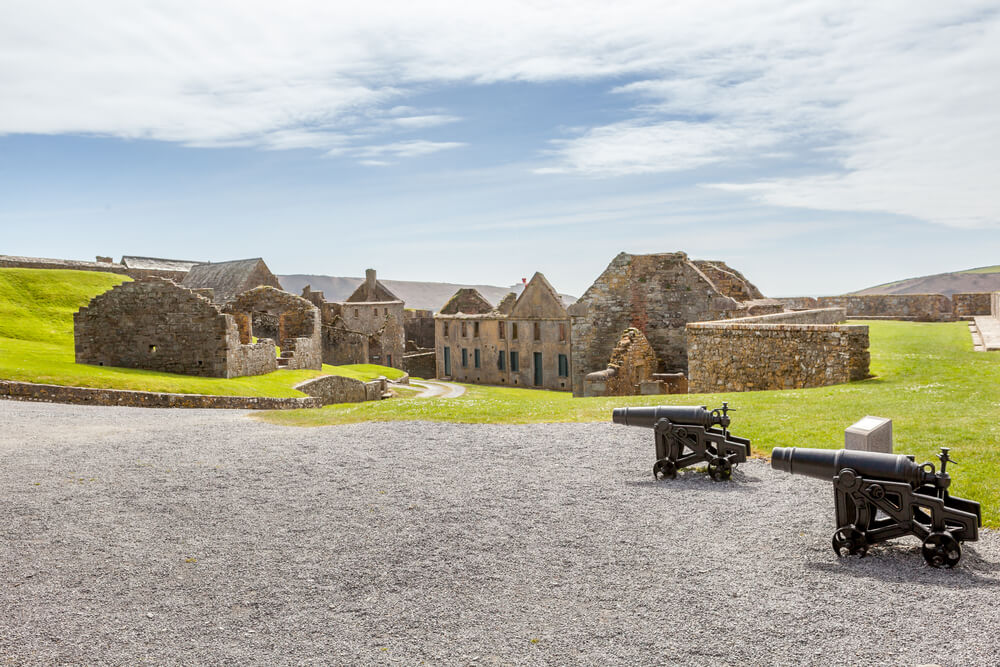
In Kinsale lies Charles Fort, built in 1677 where commanders and their officers sought to protect the territory beyond its walls. Sometime during the 17th century, a ghost story emerged about the White Lady of Kinsale.
The story goes that a commander’s daughter fell in love with one of his officers. After a short courtship, the two were wed. On their wedding night, the newlyweds strolled through the fort’s ramparts where a single white rose grew in the distance. The on-duty sentry left his post in an effort to pluck it as his wedding gift to them, leaving the husband to stand guard. After a while, the bride’s husband sent her indoors.
Still, the sentry didn’t return leaving the newlywed officer at his post. He fell asleep and, as was the rule during the time, the commander shot him during his rounds. Too late, the commander realised he shot his new son-in-law. Consumed by devastating guilt, he committed suicide.
Later, the bride woke up and found the bodies of her husband and father. She, too, flung herself from the ramparts. In the centuries after until 1921, her ghost was spotted by officers and nurses. Once, she stood over a sleeping child. On another occasion, she was seen looking at a seargent’s daughter...
If you’ve enjoyed this taste of Ireland’s traditional stories and folklore, you’ll discover more of its history when you join us along the road less travelled.
2025 tours of The Emerald Isle and Corners of Southern Ireland are available to book now. Perhaps you’ll extend your escape by booking both to uncover an abundance of local Irish history, heritage and more.




